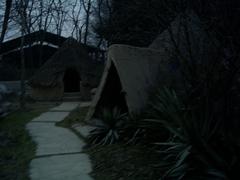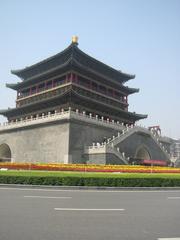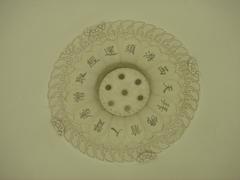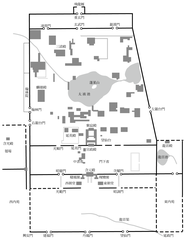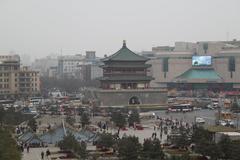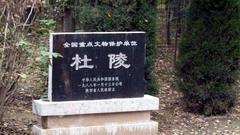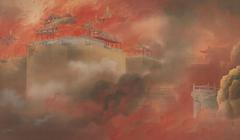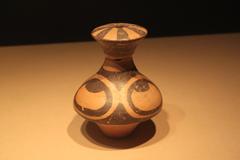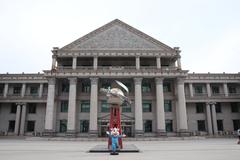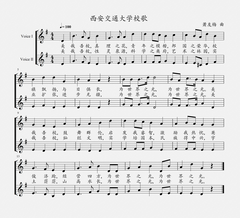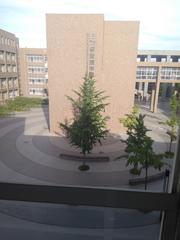Wolong Temple Xi’an: Visiting Hours, Tickets, and Historical Sites Guide
Date: 15/06/2025
Introduction
Wolong Temple (卧龙寺), located in the heart of Xi’an’s Beilin District, is revered as Shaanxi Province’s oldest Buddhist temple and a living testament to China’s spiritual and architectural legacy. With a history spanning nearly two millennia, the temple has witnessed the rise and fall of dynasties, serving as both a spiritual sanctuary and a cultural touchstone. Known as the “Crouching Dragon,” Wolong Temple offers a tranquil escape amid Xi’an’s urban bustle, inviting visitors to explore its storied halls, ancient relics, and vibrant traditions. This guide provides comprehensive information on visiting hours, ticketing, accessibility, historical significance, and travel tips to help you plan an enriching visit.
For further resources, see chinaskeytemples.thetempleguy.org, trip.com, and chinaodysseytours.com.
Table of Contents
- Introduction
- Origins and Historical Development
- Architectural Features
- Religious and Cultural Significance
- Visitor Information
- Nearby Attractions
- Legends and Notable Figures
- Preservation and Modern Status
- Frequently Asked Questions (FAQ)
- Visuals and Media
- Tips and Recommendations
- References
Origins and Historical Development
Wolong Temple’s roots trace back to the Han Dynasty (AD 168–189), making it the oldest Buddhist temple in Shaanxi. Its prominence soared during the Tang Dynasty, when Xi’an (then Chang’an) was the imperial capital and a Silk Road nexus. Over the centuries, the temple has been remodeled and expanded, reflecting the evolving aesthetics and religious priorities of the Sui, Tang, Song, Ming, and Qing dynasties. Particularly notable is its association with the famed Tang painter Wu Daozi and a Song Dynasty monk nicknamed the “Sleeping Dragon,” from which the temple derives its name (Wikipedia; chinaskeytemples.thetempleguy.org).
Architectural Features
Wolong Temple’s layout embodies traditional Chinese Buddhist monastic design, with a north-south central axis and hierarchical spatial arrangement. Key features include:
- Shanmen (Main Gate): A grey-brick entrance with a double-eaved roof and decorative ridge beasts.
- Courtyard: Lined with ancient cypress and pine, offering tranquility in the city center.
- Hall of Heavenly Kings (Tianwang Dian): Houses statues of the Four Heavenly Kings and features intricate wooden brackets (dougong), painted beams, and lattice windows.
- Mahavira Hall (Daxiong Baodian): The spiritual heart, with robust columns, a grand double-eaved roof, and statues of Sakyamuni Buddha and bodhisattvas. The 24 Deva Kings statues, completed in 2009, are a highlight (thetempleguy.org).
- Side Halls and Auxiliary Buildings: Includes bell and drum towers, a sutra library (Cangjing Ge), and meditation halls.
- Stone Steles: The temple is renowned for its collection of ancient inscribed steles, valuable for calligraphy and local history (Wendy Wei Tours).
- Gardens: Seasonal peonies and landscaped courtyards enhance the peaceful setting.
Religious and Cultural Significance
Wolong Temple is a major center for Mahayana Buddhism and a designated national key temple. It remains an active site for worship, education, and cultural exchange. The temple hosts daily rituals, chanting sessions, and major Buddhist festivals such as Vesak and Ullambana, drawing both local devotees and international visitors (chinatripedia.com). Its proximity to Xi’an’s Great Mosque and Daoist temples highlights the city’s rich multifaith heritage.
Cultural events, including calligraphy exhibitions and traditional music recitals, further establish the temple’s role in preserving intangible heritage.
Visitor Information
Visiting Hours
- Standard Hours: 8:00 AM – 5:30 PM (last admission 5:00 PM)
- Seasonal Adjustments: Hours may vary during major festivals or special events; check local listings or the temple’s official website in advance.
Tickets
- Admission: Generally free; donations are welcomed to support temple maintenance and cultural activities (Xi’an Private Tour).
- Special Events: Some cultural exhibitions or ceremonies may require a ticket or a small fee.
Accessibility
- The temple compound is mainly level and accessible, but some older sections have steps or uneven surfaces. Wheelchair assistance is available upon request.
Guided Tours & Events
- Guided Tours: Occasionally available in English and Mandarin. Local guides can greatly enhance your understanding.
- Festivals: Major Buddhist festivals feature special ceremonies and decorations. Check ahead for event schedules.
Travel Tips
- Dress modestly (shoulders and knees covered).
- Remain quiet and respectful, avoiding flash photography near statues.
- Visit in the morning or late afternoon for a tranquil experience.
- Bring a bottle of water, especially in dry seasons (China Xian Tour).
Nearby Attractions
Wolong Temple’s central location within Xi’an’s ancient city walls makes it ideal for combining with other top sites, such as:
- Bell Tower
- Big Wild Goose Pagoda
- Stele Forest (Beilin Museum)
- South Gate of the City Wall
- Muslim Quarter
A typical itinerary might include a morning at Wolong Temple, a walk on the ancient walls, and lunch in the Muslim Quarter (Temple Tales).
Legends and Notable Figures
The temple has deep associations with important cultural figures, such as Tang painter Wu Daozi and the Song Dynasty monk known as “Sleeping Dragon.” Local lore and ancient inscriptions enrich the temple’s mystique, while its steles and statues reflect Xi’an’s enduring Buddhist traditions (Wikipedia).
Preservation and Modern Status
Despite wars, natural disasters, and political upheavals, Wolong Temple has been continuously restored and maintained, particularly during the Ming, Qing, and recent decades. It remains a vibrant religious site and a peaceful retreat for tourists and worshippers alike (trip.com).
Frequently Asked Questions (FAQ)
Q: What are the opening hours?
A: Typically from 8:00 AM to 5:00 PM or 5:30 PM, but hours may vary during festivals.
Q: Is there an admission fee?
A: Entry is generally free; donations are appreciated.
Q: Are guided tours available?
A: Occasionally, and local guides are recommended for in-depth information.
Q: Is the temple accessible for people with mobility issues?
A: Most areas are accessible, though some sections have steps.
Q: Can I take photographs?
A: Allowed in courtyards, but restrictions may apply inside halls; always respect signage and worshippers.
Q: When is the best time to visit?
A: Spring and autumn offer the most comfortable weather. Avoid major holidays for a quieter experience (China Discovery).
Visuals and Media
- Images: Include photos of the Shanmen Gate, Mahavira Hall, ancient steles, and blooming peonies (with descriptive alt text such as “Wolong Temple Xi’an main hall” or “Ancient stone steles at Wolong Temple”).
- Interactive Map: Provide a map of Wolong Temple’s location within Xi’an, highlighting nearby attractions.
- Virtual Tour: Explore virtual tours if available for a preview experience.
Tips and Recommendations
- Arrive early to experience the tranquil atmosphere and soft lighting for photography.
- Respect ongoing religious activities and local customs at all times.
- Combine your visit with nearby historical sites for a full day’s itinerary.
- Prepare for limited English signage by using translation apps or hiring a guide.
- Stay informed about festivals and special events for a richer experience.
References
- Wolong Temple in Xi’an: Visiting Hours, Tickets, and Historical Insights, The Temple Guy
- Wolong Temple in Xi’an: Visiting Hours, Tickets, and Cultural Significance, The Temple Guy
- Wolong Temple Visiting Hours, Tickets & Historical Significance: Trip.com
- Wolong Temple Visiting Hours, Tickets, and Guide: Wendy Wei Tours
- Wolong Temple, Wikipedia
- Temple Tales Podcast: Wolong Temple
- Xi’an Facts and Cultural Overview: China Odyssey Tours
- Xi’an Culture and Landmarks: China Tripedia
- Xi’an Private Tour: Wolong Temple
- China Xian Tour: Weather and Travel Tips
- China Discovery: Best Time to Visit Xi’an
Final Thoughts
Wolong Temple stands as a serene, culturally rich, and historically significant destination at the heart of Xi’an. By respecting its traditions and immersing yourself in its tranquil environment, you will experience a unique convergence of spirituality, artistry, and living history.
For more travel tips, curated guides, and up-to-date information, download the Audiala app and follow us on social media.
